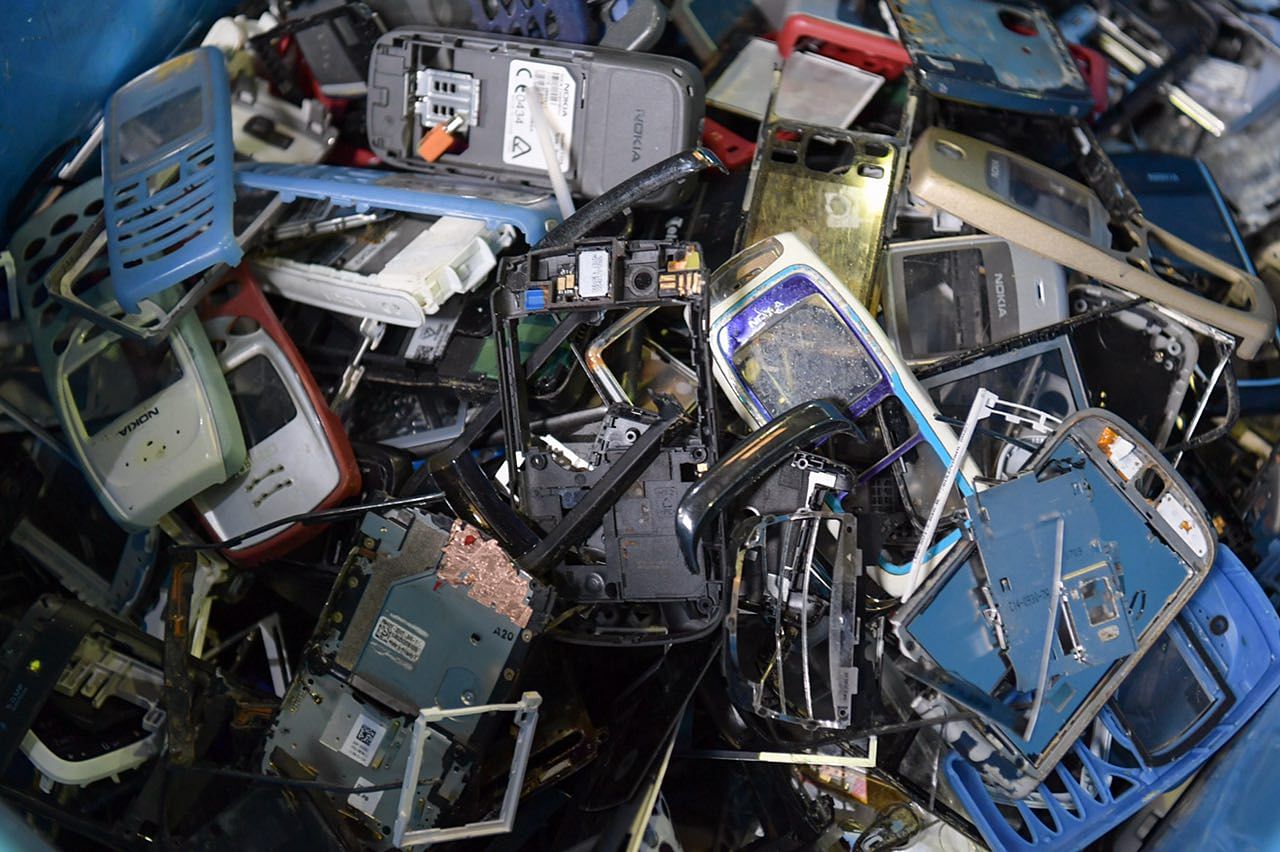Steps to shrink mountain of e-waste via better recycling
Survey shows only 6% of e-waste is recycled; NEA assessing suitability of overseas practices
Sign up now: Get ST's newsletters delivered to your inbox

Households in Singapore produce some 30,000 tonnes of e-waste a year - half of the total amount generated, equivalent to the weight of 110 Airbus 380 planes.
ST PHOTO: NG SOR LUAN
Samantha Boh
Follow topic:
There could soon be regulations here to ensure that discarded electrical and electronic items are recycled and reused, to help shrink the mountain of computers, laptops, refrigerators and other e-waste thrown away in Singapore.
The Republic's poor record in this area means not only that valuable materials in such items, such as gold and copper, are going up in smoke, but also that hazardous waste in some components, including mercury, is being incinerated and polluting the atmosphere.
"A regulated system is... needed to ensure that consumers are provided with convenient means to recycle their e-waste, and the e-waste collected is channelled to proper recycling facilities where safety and environmental standards are adhered to," said the National Environment Agency (NEA) yesterday.
Households here produce some 30,000 tonnes of e-waste a year - half of the total amount generated, equivalent to the weight of 110 Airbus 380 planes.
But most people have no clue what to do with it. Auditor Rachel Lim, 24, for one, does not know what to do with old electronic goods. "I know it shouldn't go in the dustbin, so I just keep it," she said.
According to NEA's recent survey of 1,600 consumers, only a tiny portion of e-waste - just 6 per cent - is sent for recycling.
To turn things around, the Government is looking to countries like Sweden - which has a sterling 52 per cent recycling rate for e-waste, and Denmark, where the figure is 43 per cent. Both countries harness an "Extended Producer Responsibility" (EPR) strategy, where producers such as brand owners and manufacturers are responsible for ensuring that their products get recycled.
If applied to consumers here, this may mean they will have to mail smaller products to recyclers for free. Retailers might have to provide e-waste collection points in stores, and one-for-one take-back services for large items such as refrigerators.
The wheels have been set in motion, with the NEA announcing yesterday that it is assessing the suitability of overseas practices with the Ministry of the Environment and Water Resources through consultations with industry stakeholders. These discussions will be extended to the public next month.
The NEA said this will ensure that e-waste collected is recycled safely at proper recycling facilities.
The survey found that e-waste was generally given to deliverymen to cart away, or thrown away. Such items also end up with scrap traders and rag-and-bone men, who lack the skills to fully recycle the items, and may end up discharging harmful chemical compounds or disposing of them with general waste.
Worse - if e-waste is incinerated, it would add to carbon emissions and contaminate the ash at the Semakau landfill, NEA warned.
Recycling facility TES-AMM's group chief operating officer Gary Steele applauded the move towards regulation: "Enforcing legislation and having EPR schemes make it more visible for people so they will want to deal with it properly."
And some consumers are keen for the changes to happen. Said Miss Lim: "If recycling e-waste is convenient, such as having the bins around my housing estate, I would of course consider doing it."
• Additional reporting by Tan Tam Mei
SEE TOP OF THE NEWS

